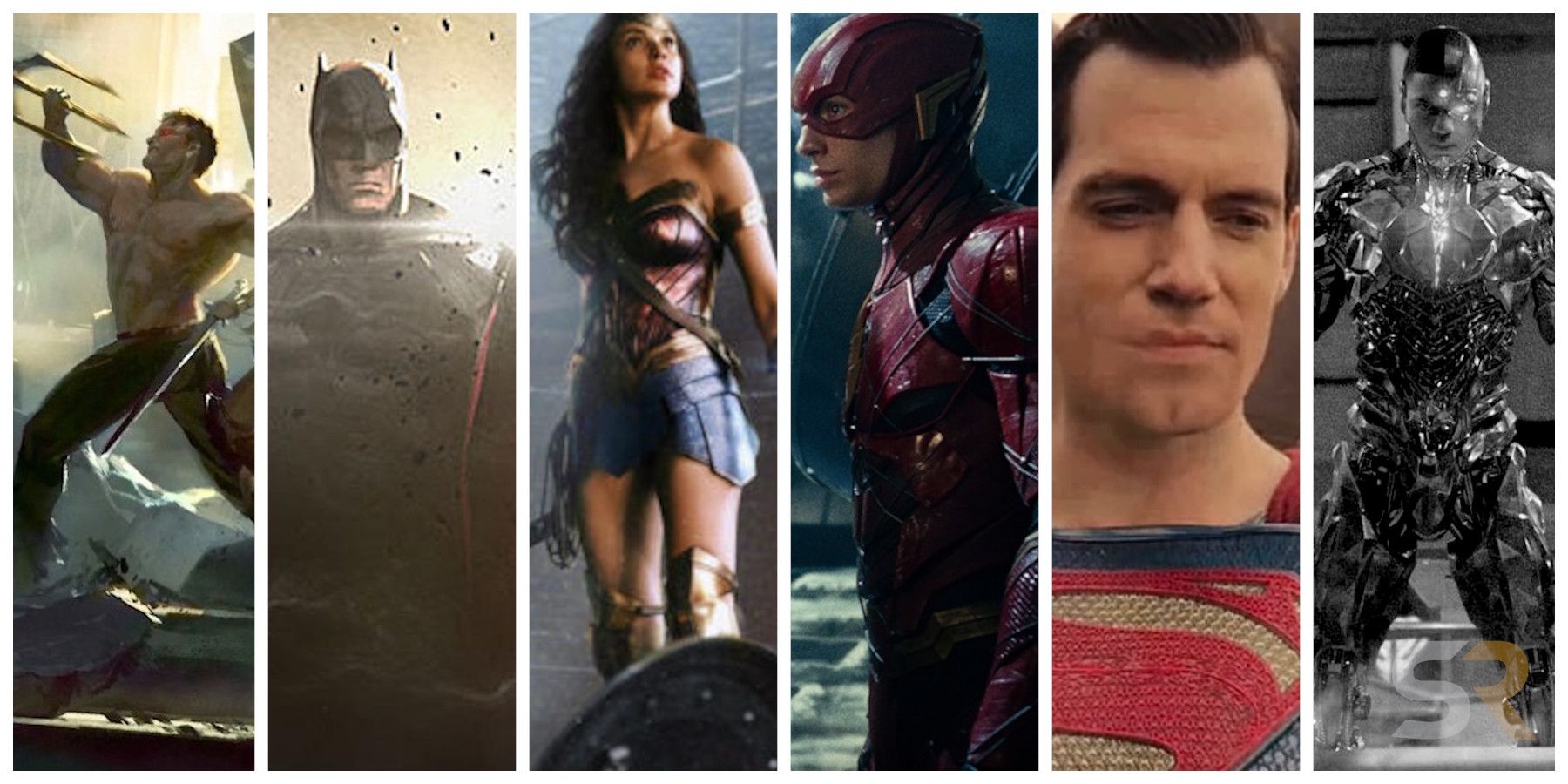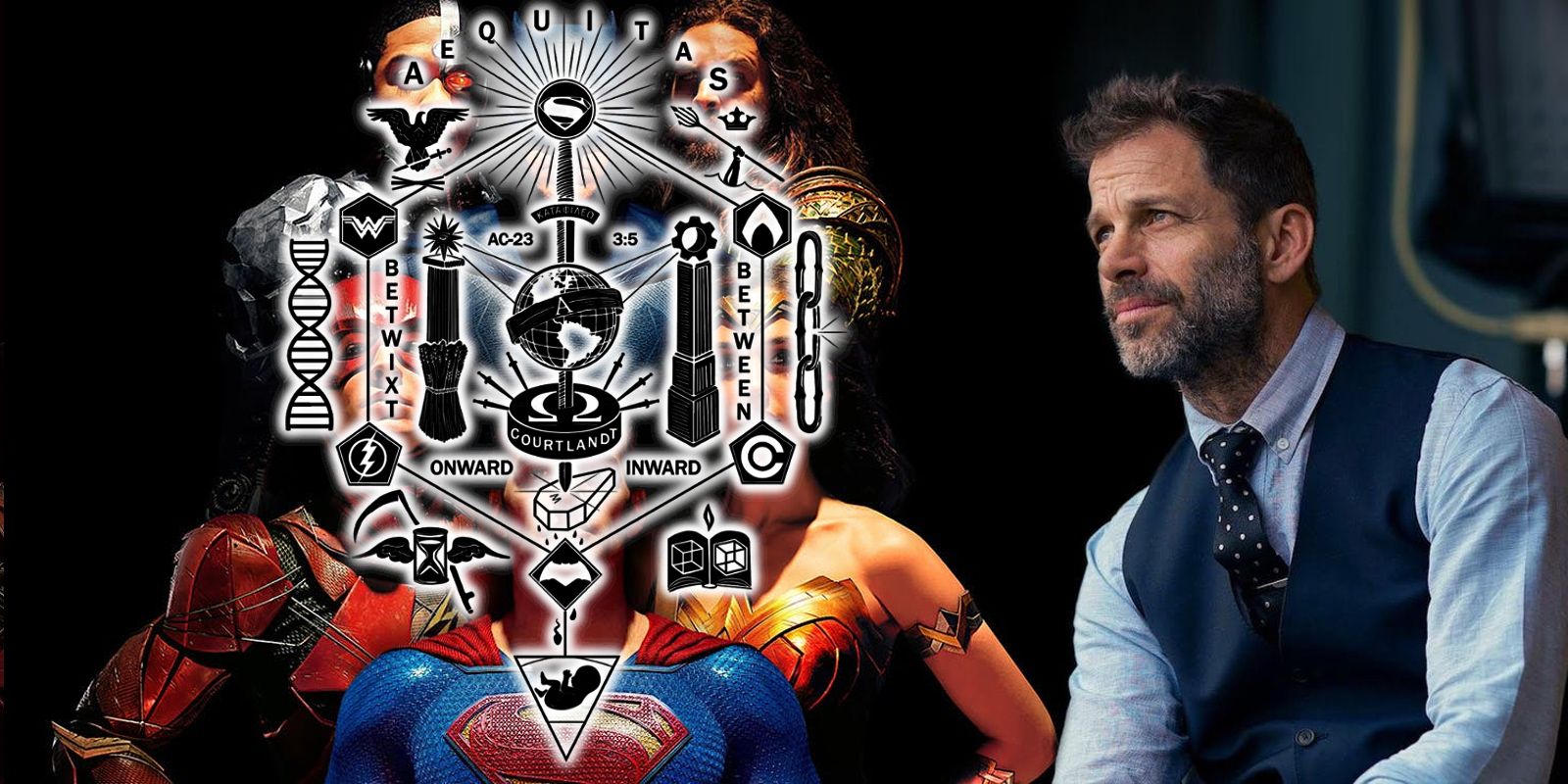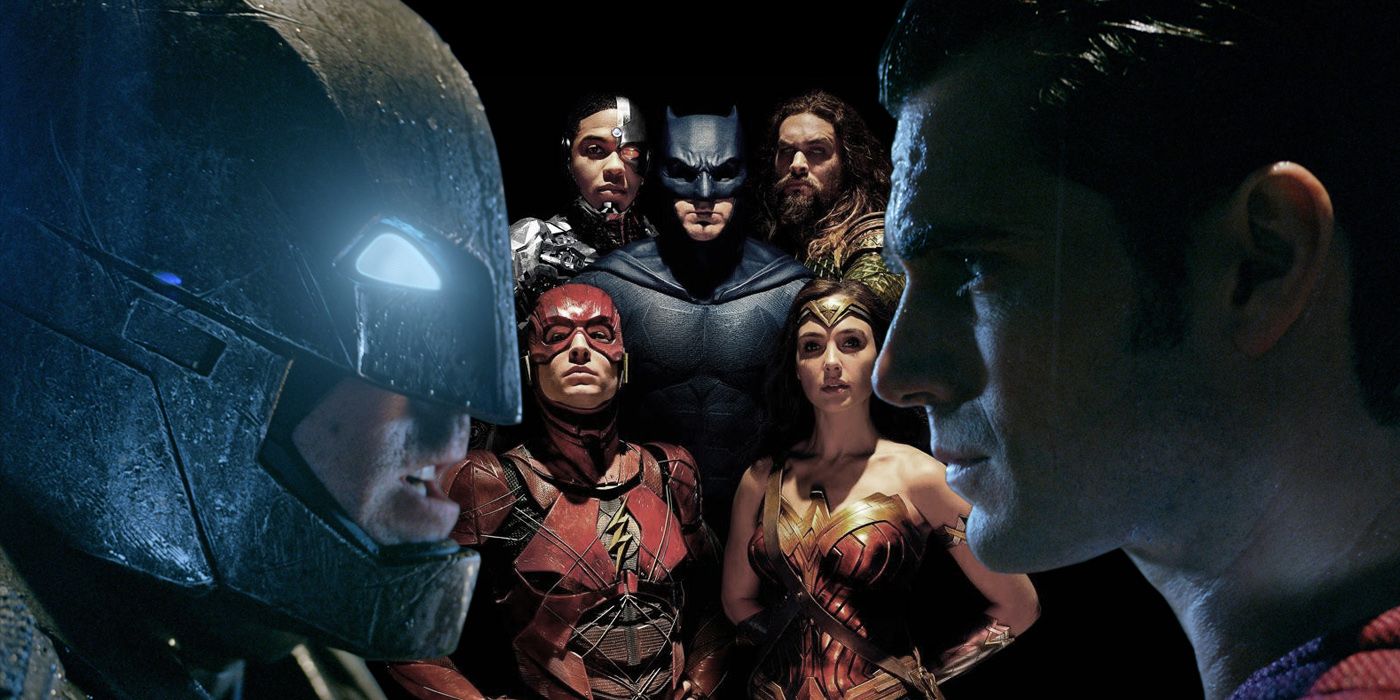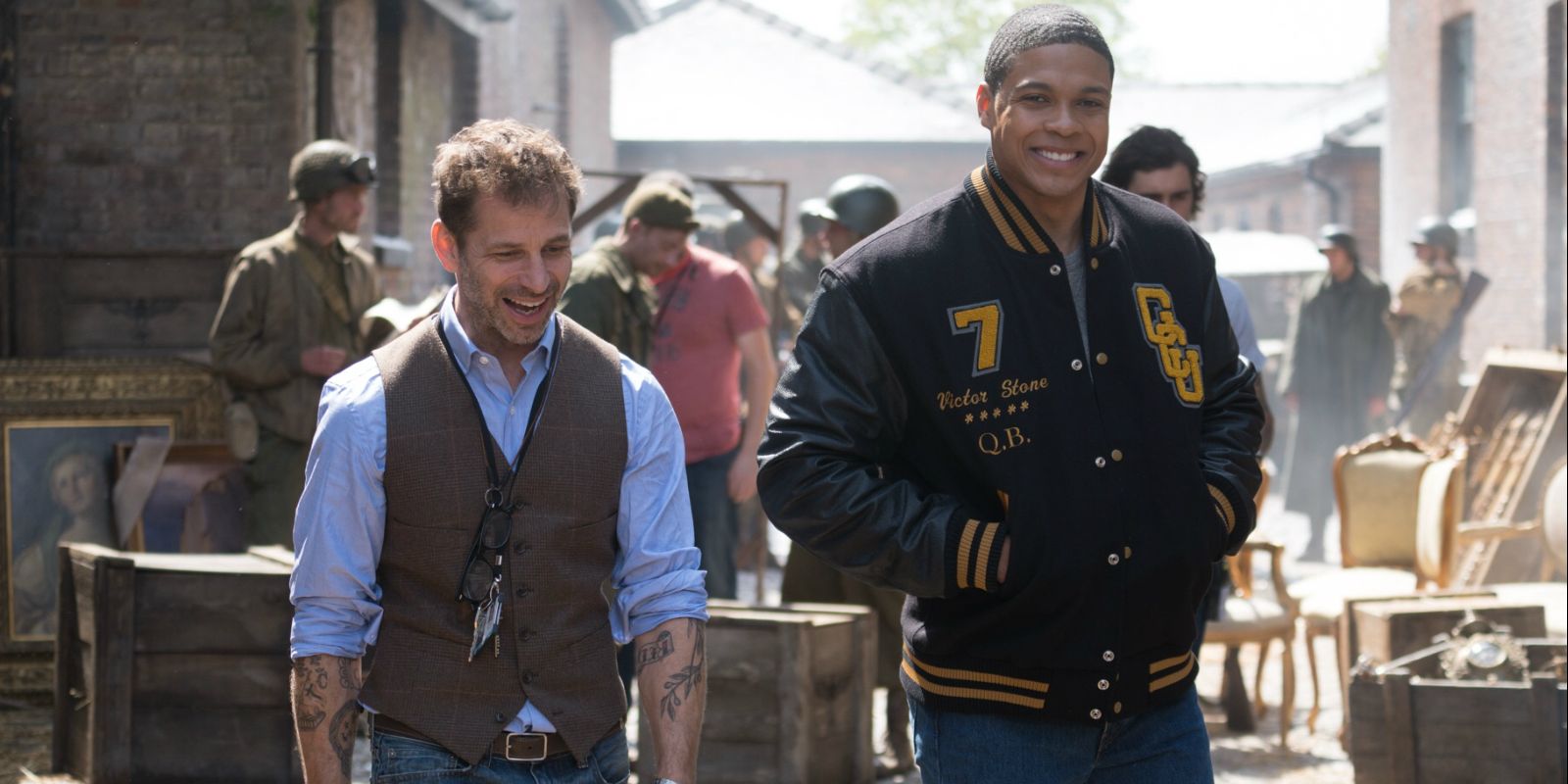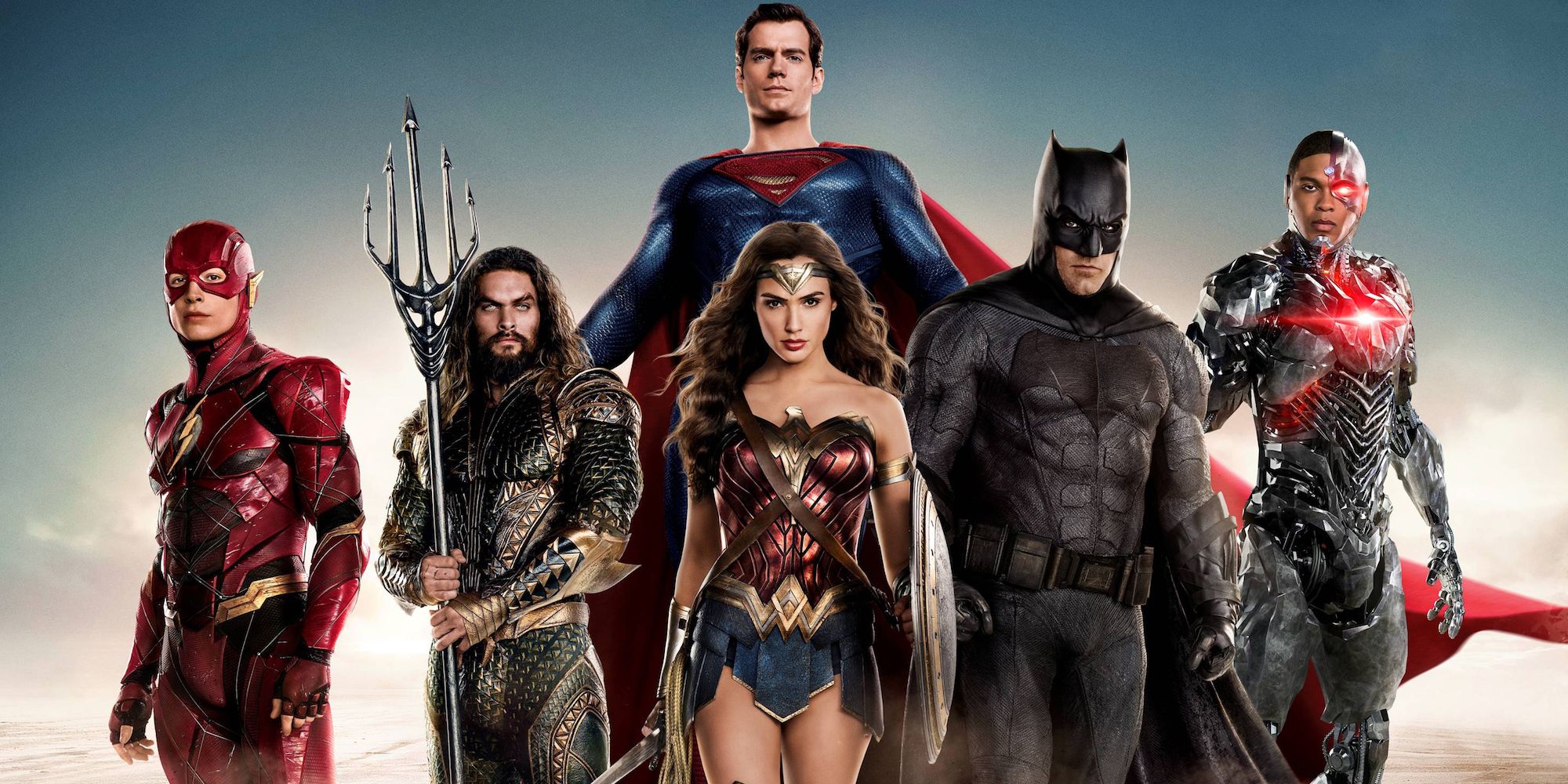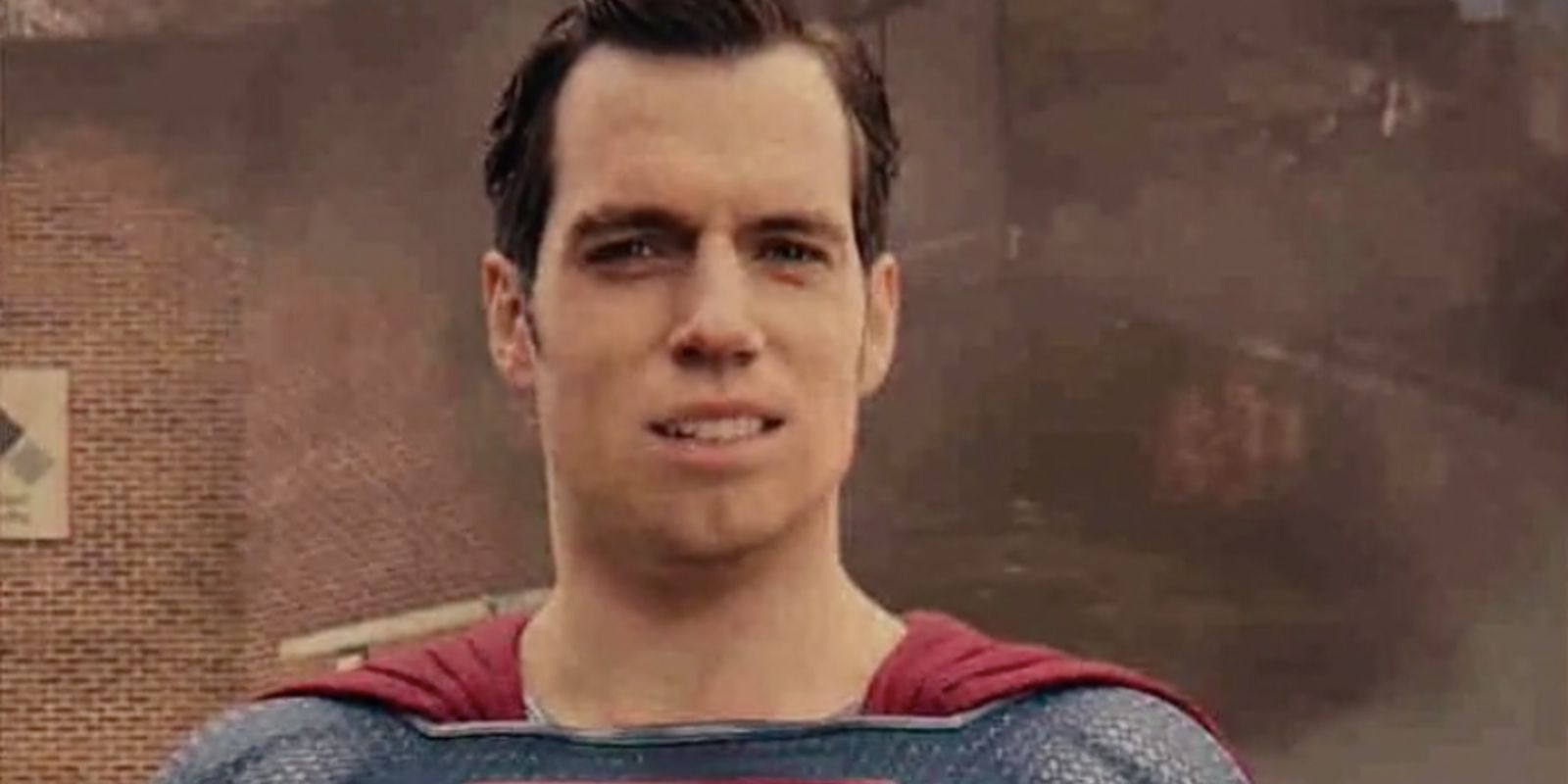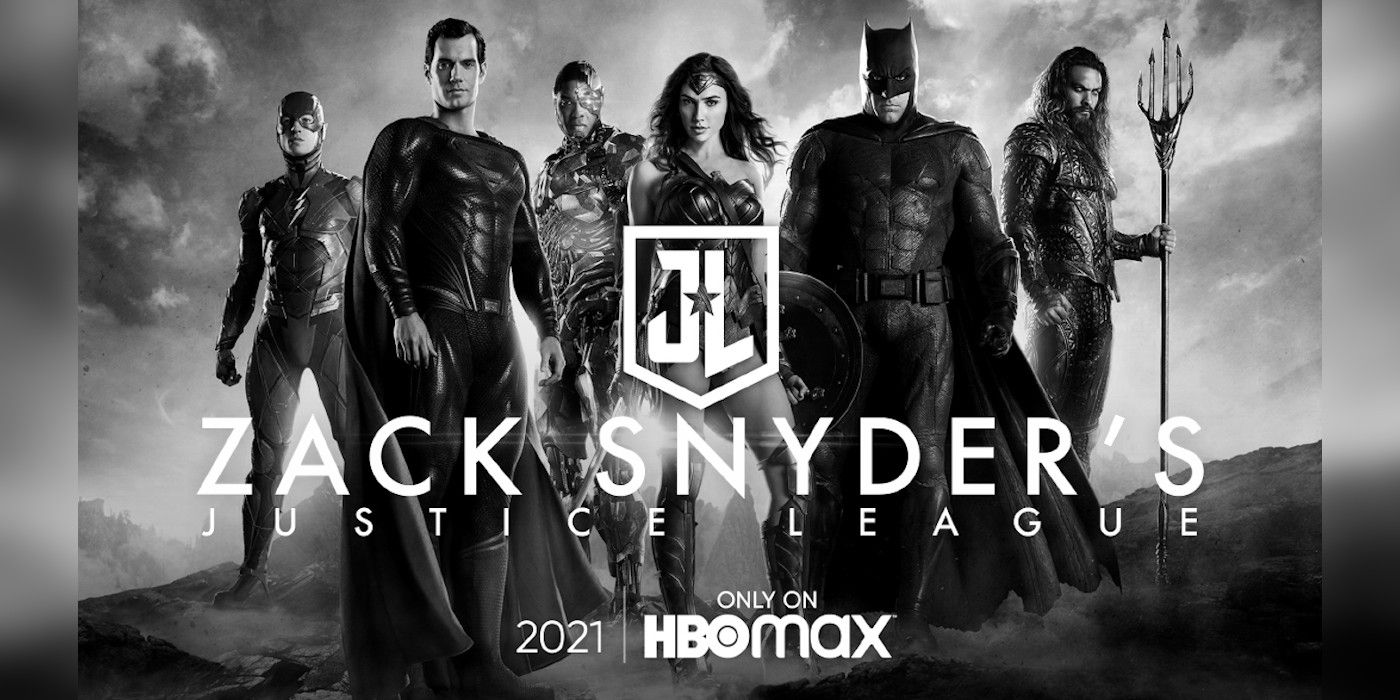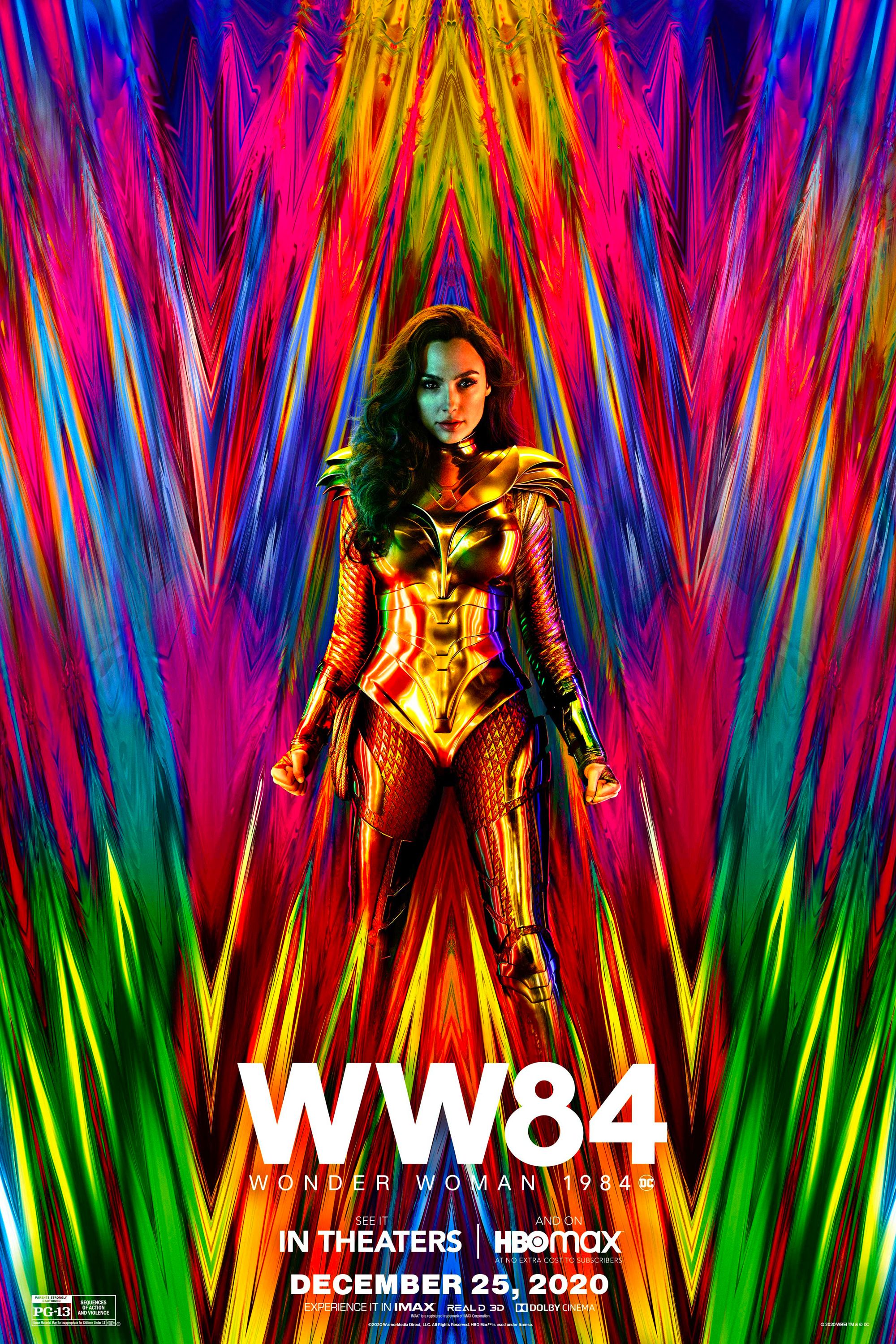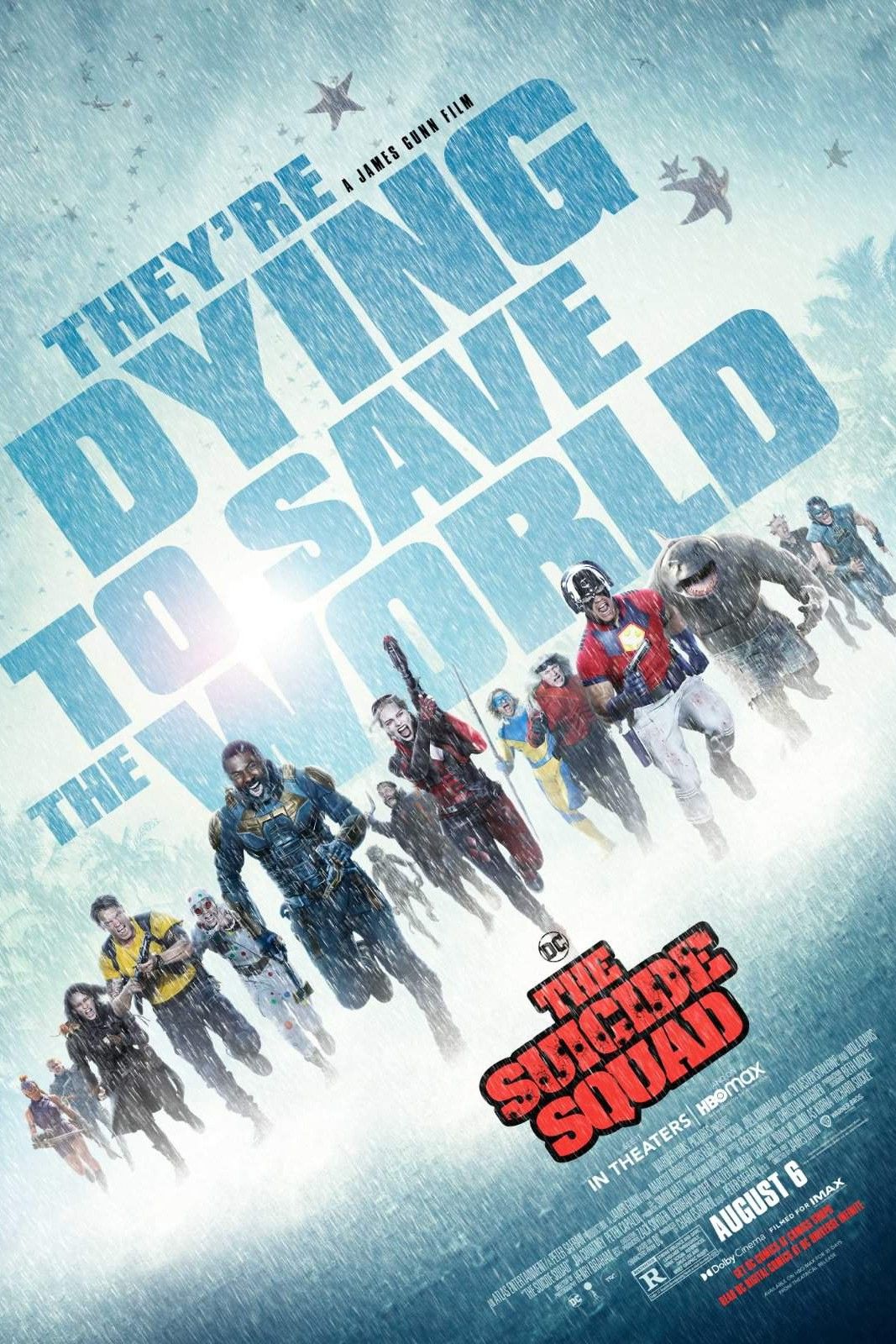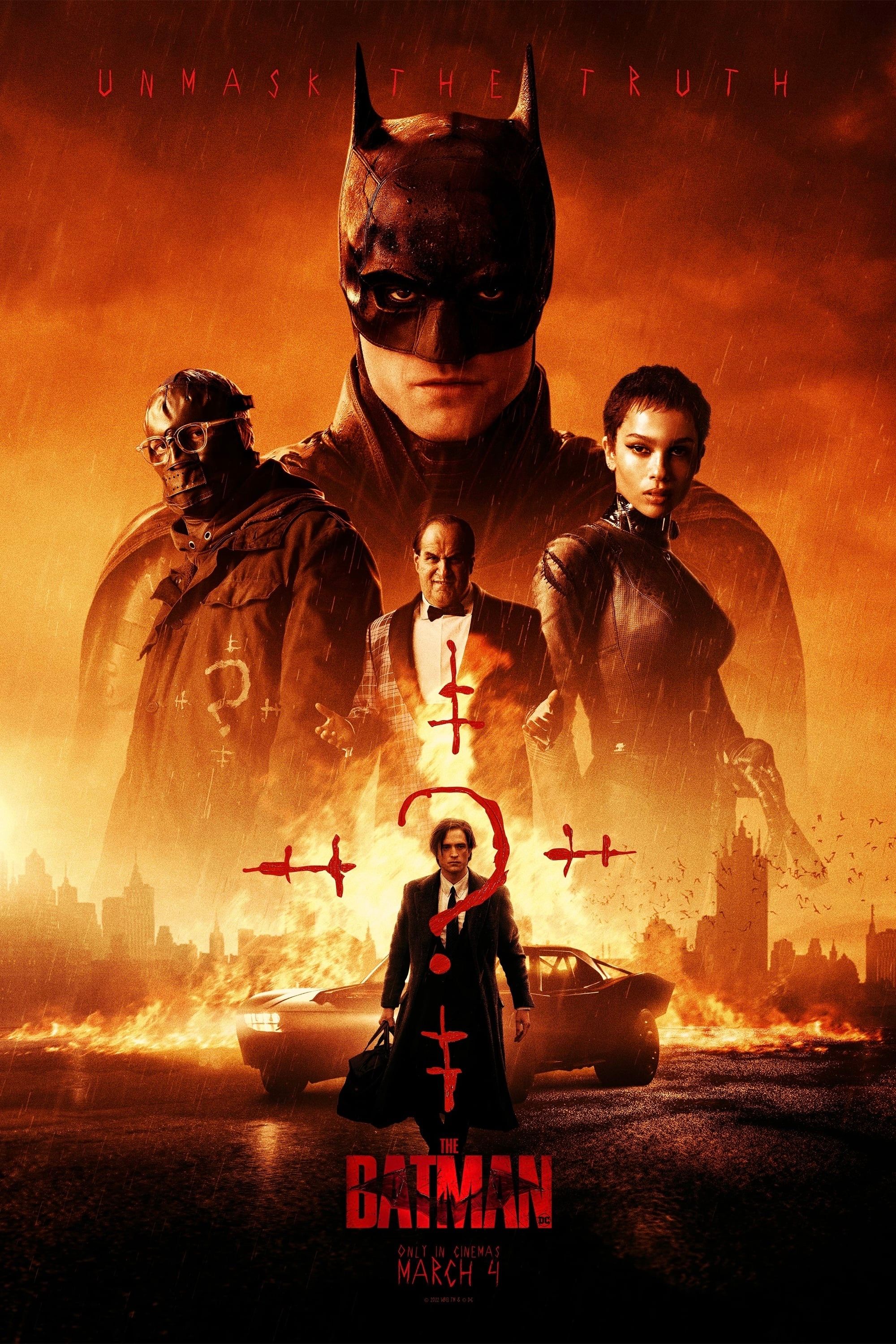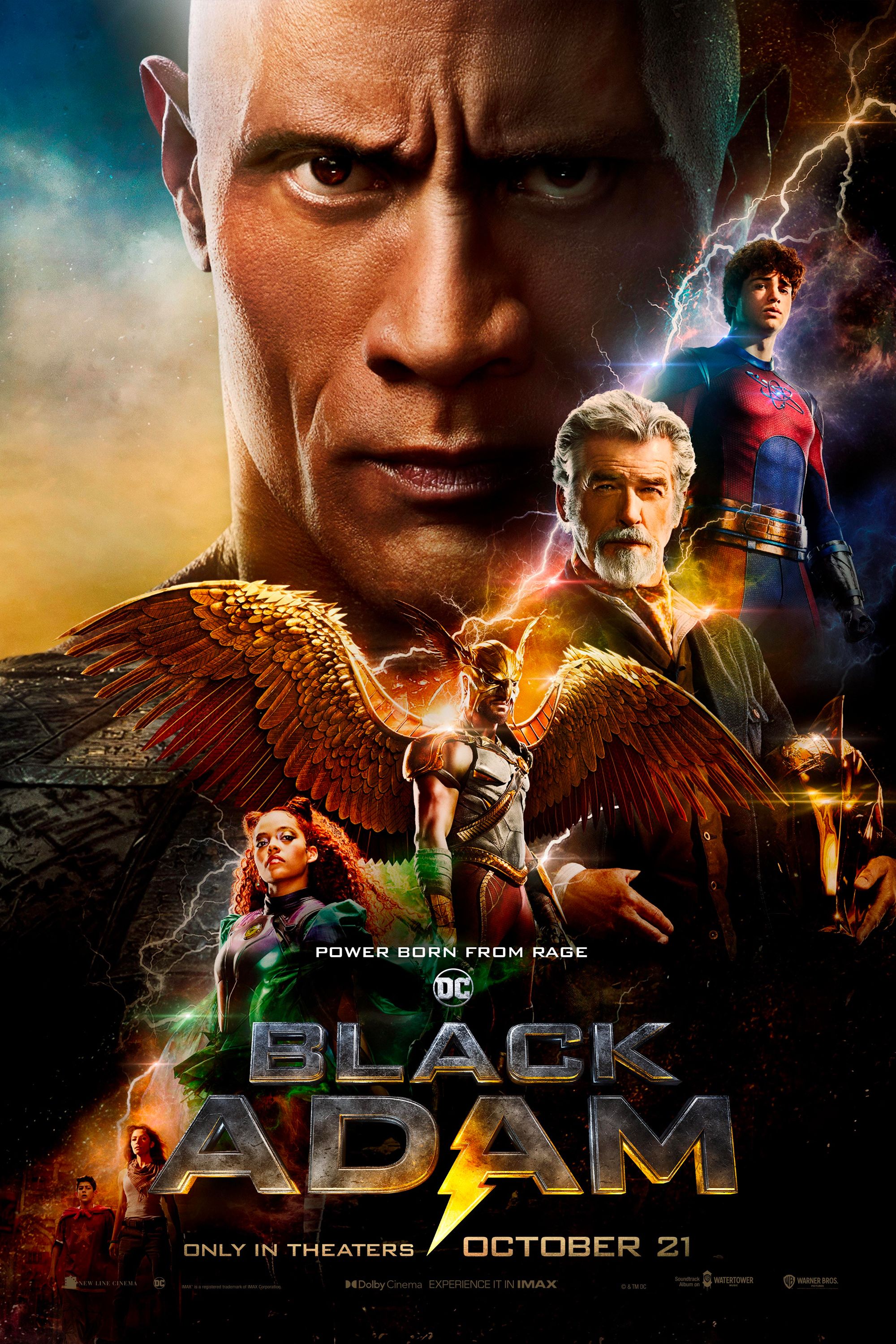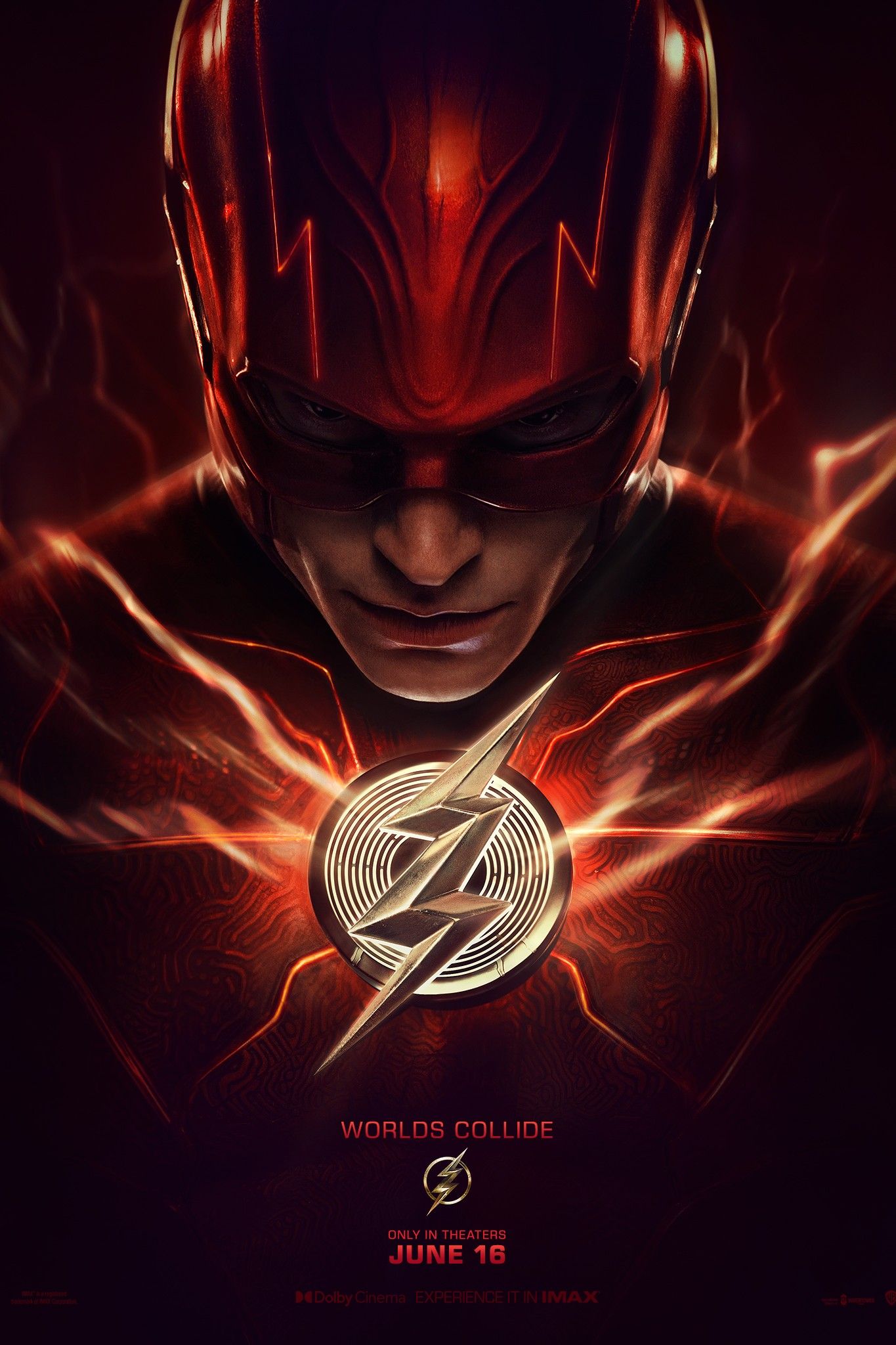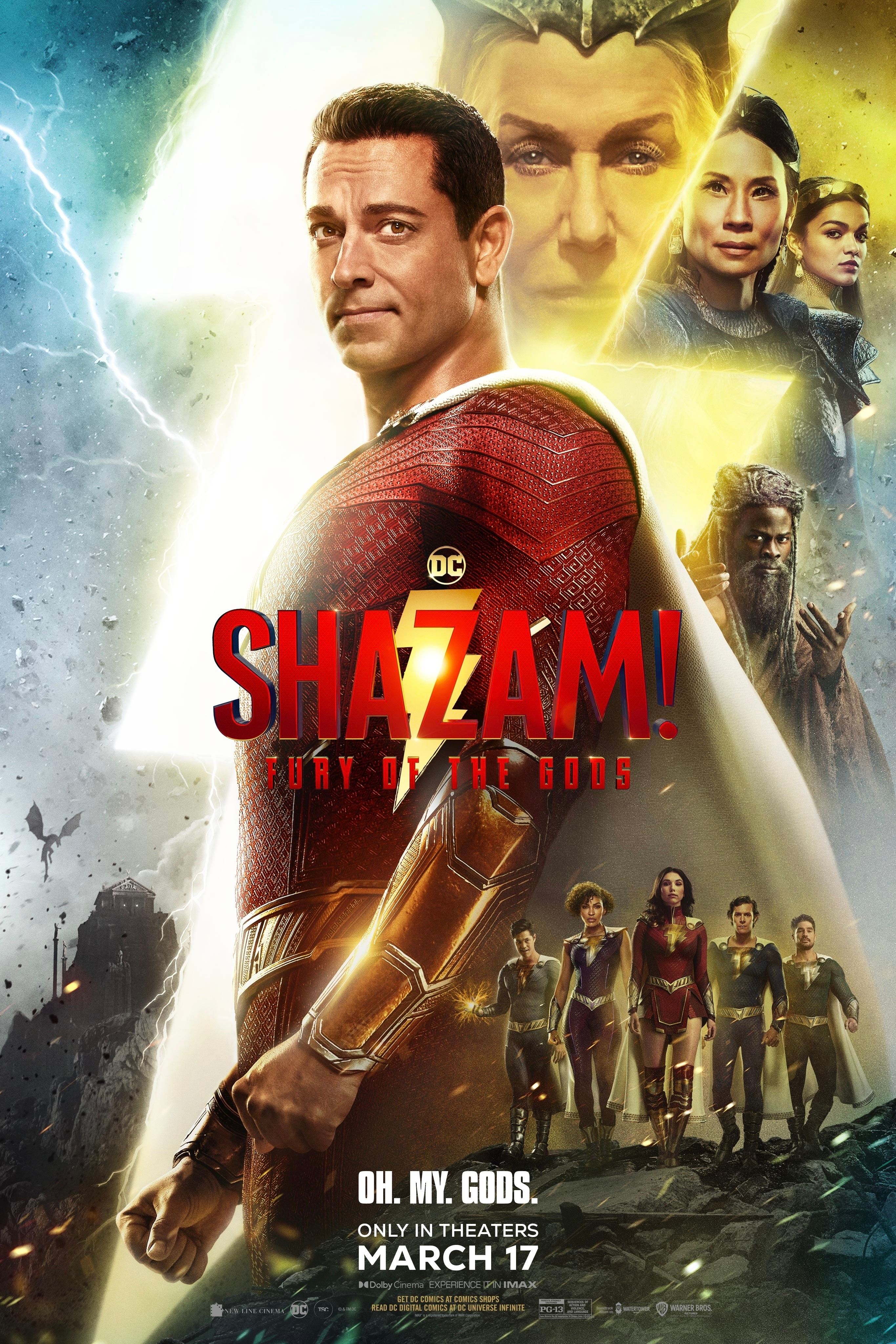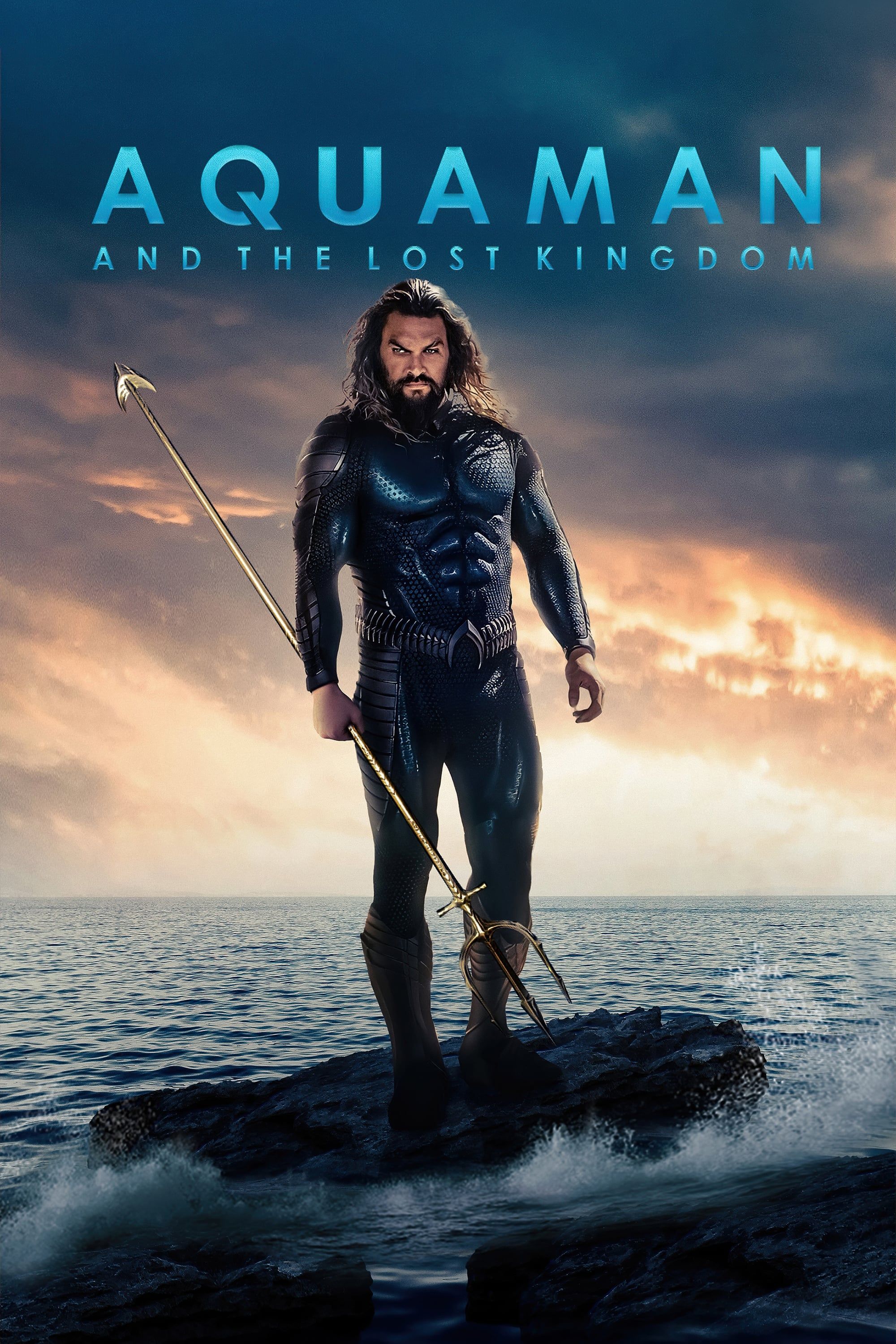There are at least six different versions of Justice League, including the upcoming release of the Snyder Cut. Set to debut on HBO Max next year under the title of Zack Snyder's Justice League, the most definitive team of superheroes in the comics medium have taken a completely unheard-of journey to finally be realized on the big screen. While much of that arduous path is a matter of public knowledge, the story of Justice League is a true one-in-a-million tale within the superhero genre.
Even without delving into George Miller's unrealized Justice League Mortal (itself the subject of a forthcoming documentary), the developments leading up to the Justice League Snyder Cut have been a saga like no other for all who have followed it since the theatrical release of Justice League in 2017. However, interspersed in Justice League's most unusual of developmental adventures, the movie also went through a number of other iterations. It's far more than just the cuts from Snyder and Whedon.
From rewrites both before and during principal photography to a shorter cut screened for studio executives, Justice League has been subject to a level of reshaping and remolding that perhaps no other superhero film has ever experienced. Though the world will finally see the version of the movie with Zack Snyder's clear stamp of approval on it in 2021, it certainly bears repeating that the process that it has undergone to finally see the light of day is genuinely one for the record books. Here are the six different versions of Justice League.
The OG Terrio/Snyder Script
This version falls under the original plans for Justice League. Penned by Chris Terrio, the film was intended as part of Snyder's planned five-movie arc, centered on Superman's journey that had begun in Man of Steel and continued into Batman v Superman: Dawn of Justice. This version of the movie was also intended to set up the planned Justice League sequel, with Lois Lane being killed by Darkseid in the Batcave, which would leave the distraught Superman open to fall victim to the Anti-Life Equation.
This, in turn, would give way to the Knightmare seen in Batman v Superman, with The Flash's appearance in the Batcave in that point in the movie being part of Batman's efforts to rewrite the past to keep the world's downfall to Darkseid from happening. However, while this was the initial plan, the reception to Snyder's second DCEU movie caused things to change, and this script was rewritten before shooting started.
The Terrio/Snyder Post-BvS Rewrite
Justice League was set to begin principal photography not long after Batman v Superman hit theaters, and the latter's extremely split reception would end up giving Warner Bros. cold feet about Snyder's plans for Justice League. As Snyder explained at his director's cut event in March 2019, the backlash to Batman v Superman's dark tone was felt strongly enough for him and Terrio to do a rewrite of Justice League before the movie entered principal photography. Although Snyder stated that he was still able to shoot a lot of his original plan for the movie, Darkseid's murder of Lois was sacrificed.
Additionally, Harry Lennix revealed earlier this year that General Swanwick's planned appearance in the movie was also lost in the rewrite. Nevertheless, it is now known that Snyder managed to film at least one scene that would have revealed Swanwick as Martian Manhunter, lacking only a shot of him shape-shifting into his human form as Swanwick - a scene he still intends to add in additional photography. However, despite the rewrite to remove the darker elements of the film, further alterations to Justice League would still lay ahead.
On Set Geoff Johns Rewrites - 214 minute Cut
Following the Batman v Superman backlash, Geoff Johns was a major player in Justice League's production due to his then-role in overseeing DC's film slate. During the making of Justice League, Johns took a very hand's-on approach with his involvement in the film, which included on-set rewrites of the script. While last-minute rewrites being implemented during principal photography are hardly uncommon, Johns' rewrites reportedly left Chris Terrio unhappy, and led him to allegedly ask "Maybe try using some of my pages?" at one point.
After principal photography had concluded, Snyder had a near five-hour assembly cut of Justice League. This would form the basis for Snyder's streamlined edit of the movie, which ran 214 minutes. However, this would not be the end of Justice League's ongoing story.
2 Hour And 20 Minute Cut Rejected After Executive Screening
With Snyder now having an edit of the movie in place, the film was then trimmed down from 214 minutes (3 1/2 hours) to a runtime of approximately 2 hours and 20 minutes, which was screened for Warner Bros. executives. However, Warner Bros. was reportedly displeased with this version of the movie and demanded significant changes. It was also around this time frame of Justice League's production history where the rumor mill began to swirl.
Specifically, early 2017 was the point at which rumors of Ben Affleck departing the DCEU began to emerge, and Affleck was confirmed to have stepped down from directing duties on his Batman solo movie in January of that year (with Rick Famuyiwa having also departed from directing The Flash in late 2016.) In late May 2017, Snyder finally departed the movie, in the aftermath of the tragic loss of his daughter. At this point, rumors of Warner Bros. scrambling to make significant changes to Justice League were growing louder and louder, and all it of would come to a head when the movie finally hit theaters.
The Joss Whedon Theatrical Version
The version of Justice League released in theaters in November of 2017 was the product of major studio-mandated reshoots conducted in Zack Snyder's absence and overseen by Joss Whedon, spliced with footage from principal photography, the latter representing only 10% of what's in the Snyder Cut, according to cinematographer Fabien Wagner. Whedon had previously been among the writers Warner Bros. had assembled in a "footage summit" due to the studio's dissatisfaction with the film. Prior to the movie's release, the reshoots were heavily positioned by Warner Bros. as typically minimal pick-up scenes intended to complete the film as Snyder had envisioned. It soon became clear that this was far from the truth, with the bad CGI removal of Henry's Cavill's mustache being a dead giveaway that nearly all of Superman's scenes in the movie were reshot, among many other departures from Snyder's plan. Later reporting would reveal that Whedon's script work also amounted to roughly 80 pages of rewrites.
The campaign for the Snyder Cut swiftly emerged in the wake of Justice League's theatrical release. The initial Change.org petition for the Snyder Cut's release would draw nearly 180,000 signatures in a matter of days, and this was only the beginning for what would become a two and a half year-long push for the release of Snyder's cut of Justice League. While the Snyder Cut's chances of being released and even its basic existence would be hotly debated over much of that period, the passionate push for it would finally reach the finish line last month.
Zack Snyder's Justice League
On May 20th, 2020, it was finally made official that the Snyder Cut will debut on HBO Max in 2021, bearing the title of Zack Snyder's Justice League. While this version of the movie will be built from Snyder's 214-minute cut of the film, there are also clear signals of Snyder and HBO Max making efforts to re-align this version of the movie with the original conception of Justice League as much as possible. Snyder teased the addition of new scenes involving Batman, Superman, Lois Lane, and Martian Manhunter earlier this year, and while initial reporting stated that Snyder was granted a budget with an upper limit of $30 million to complete the movie, HBO Max head and Chairman of Warner Media Bob Greenblatt recently indicated that considerably more resources will be devoted to the Snyder Cut's completion. The film will also reportedly be released either as a massive four-hour epic or a six-part miniseries.
There was already substantial evidence that pointed to Snyder pushing for his movie to be brought back to the pre-Batman v Superman screenplay, including teases like Henry Cavill in the black Superman suit, that would not have been featured in Justice League's theatrical cut before his departure. Though the full extent of how much he is able to reintegrate into the movie is unknown, at this point, all indications are that Zack Snyder's Justice League is an attempt to embody the film that Snyder intended to make from the outset.
The trek that Justice League has taken from its original conception to the Snyder Cut being greenlit at last reads more like something right out of a movie than the making of one. Alongside the larger enshrining of geek culture as Hollywood's contemporary cash cow, it's as clear as ever that superhero movies have come to dominate the landscape of modern cinema in a way that would have been unthinkable before the dawn of the 21st century, and this surely helped to facilitate the emergence of the Snyder Cut campaign and its eventual announcement. However, for as much as that is clearly part of the equation at play, with the path it has taken from pre-production to its upcoming debut on HBO Max, there may never again be another tale of the making of a superhero movie like Zack Snyder's Justice League.

